Please label and explain based on the information provided in the case:
1. What does the qualitative evidence from the case indicate about whether JE should perform the two-step impairment test?
2. Please identify specific factors discussed in the Codification and relate them to the information provided in the case.
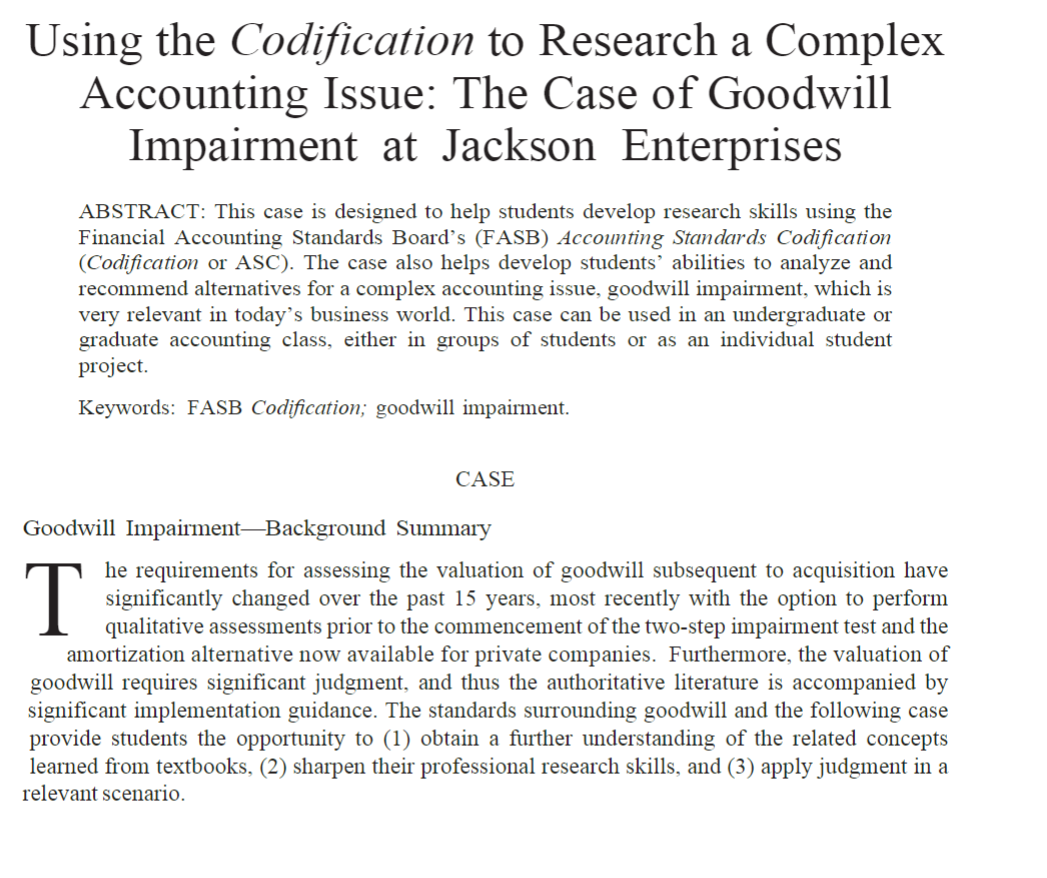
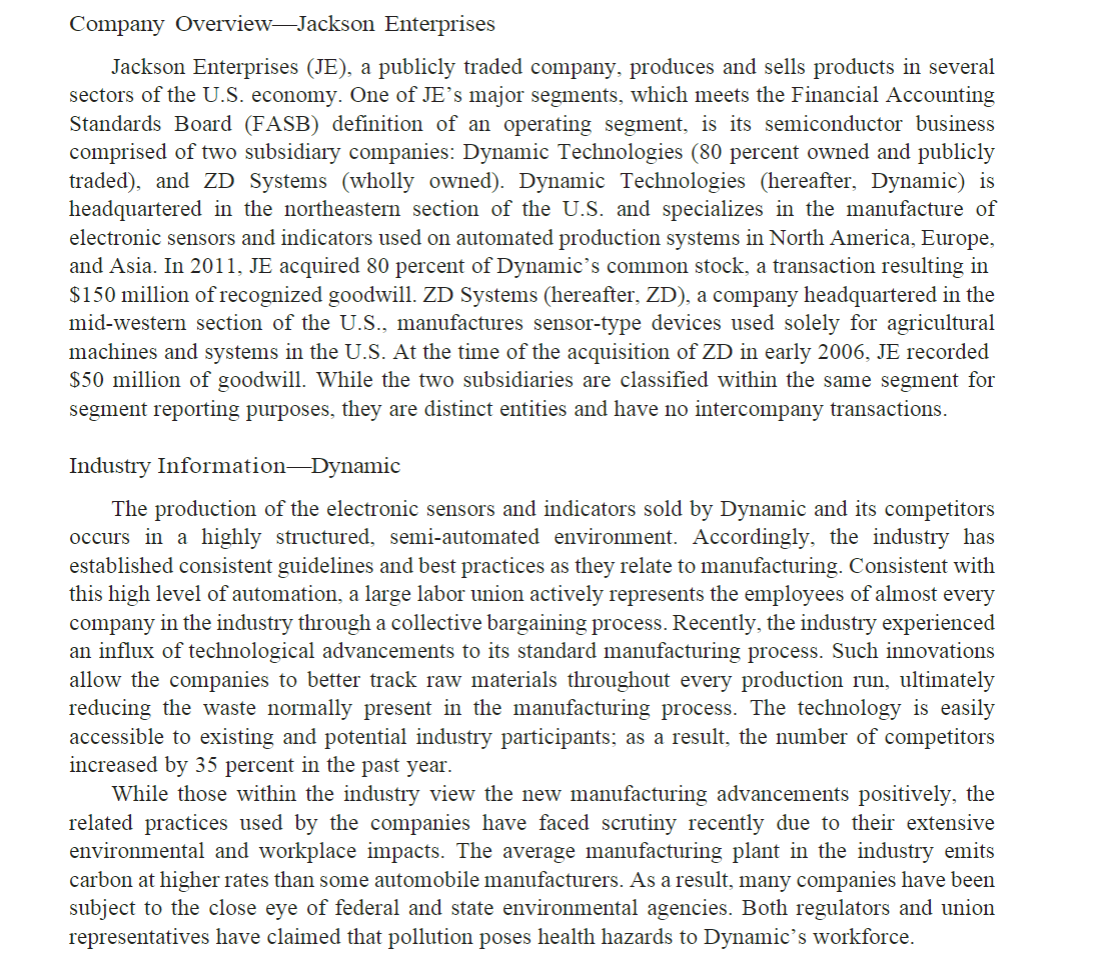
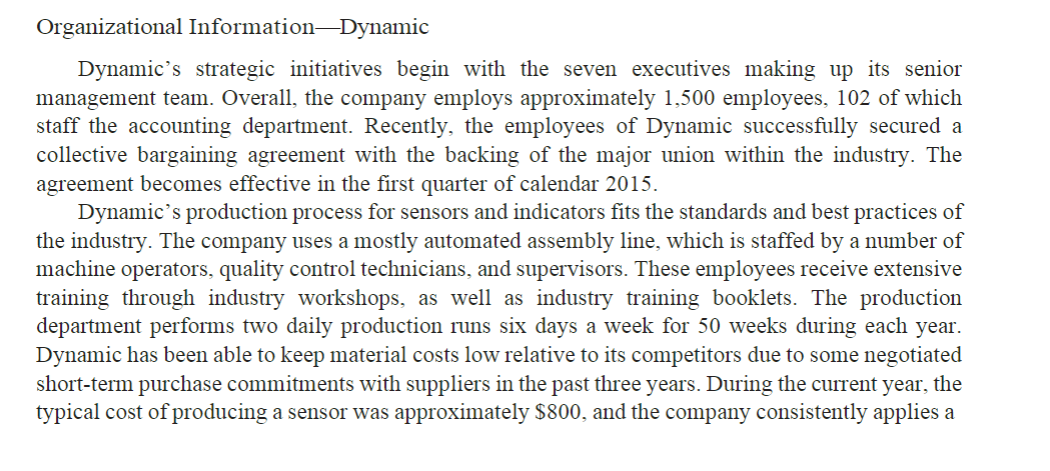
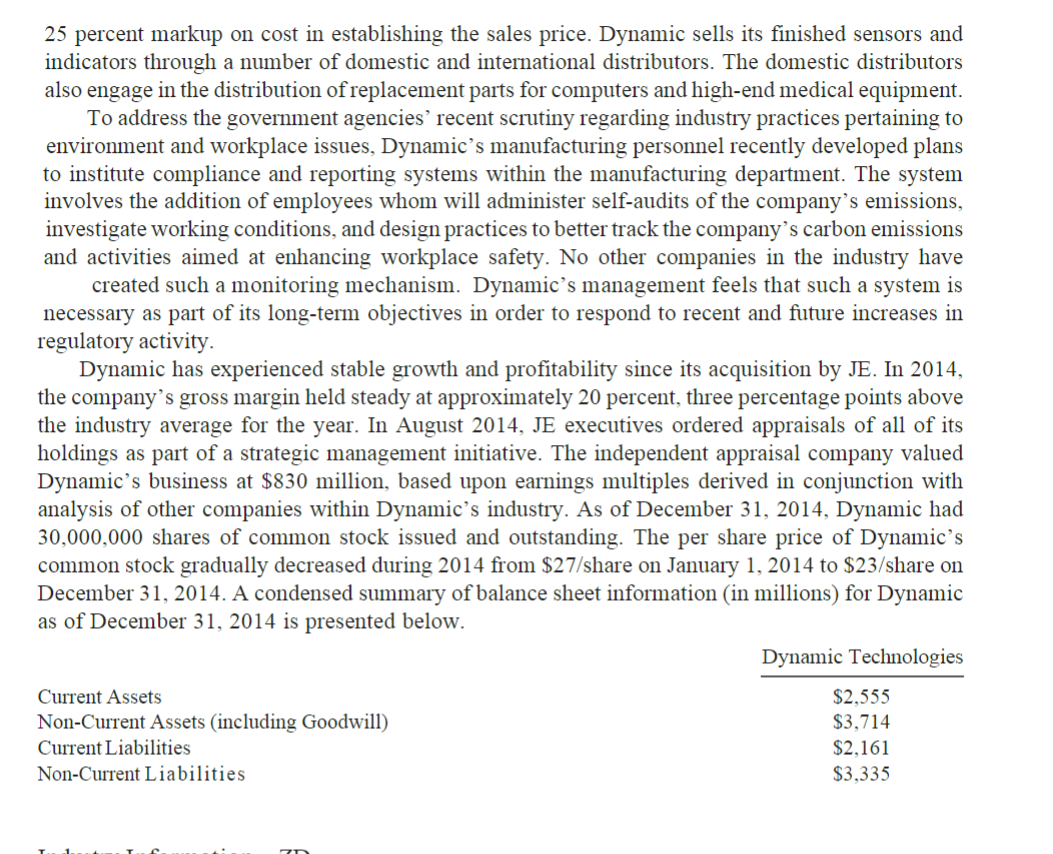
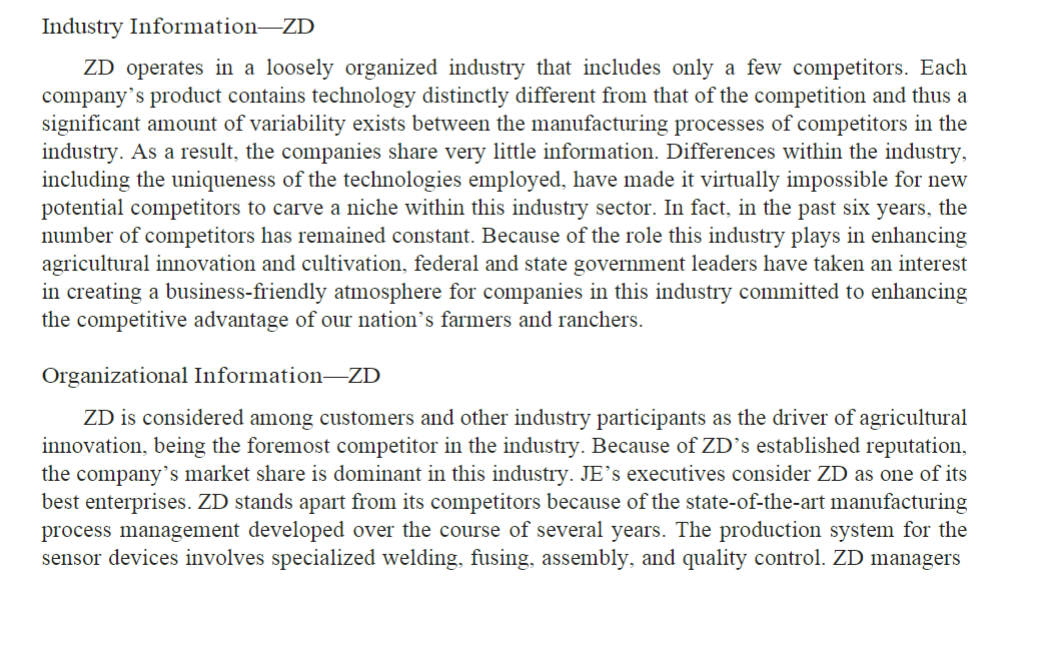


Using the Codification to Research a Complex Accounting Issue: The Case of Goodwill Impairment at Jackson Enterprises ABSTRACT: This case is designed to help students develop research skills using the Financial Accounting Standards Board's (FASB) Accounting Standards Codification (Codification or ASC). The case also helps develop students' abilities to analyze and recommend alternatives for a complex accounting issue, goodwill impairment, which is very relevant in today's business world. This case can be used in an undergraduate or graduate accounting class, either in groups of students or as an individual student project. Keywords: FASB Codification; goodwill impairment. CASE Goodwill Impairment-Background Summary he requirements for assessing the valuation of goodwill subsequent to acquisition have significantly changed over the past 15 years, most recently with the option to perform qualitative assessments prior to the commencement of the two-step impairment test and the amortization alternative now available for private companies. Furthermore, the valuation of goodwill requires significant judgment, and thus the authoritative literature is accompanied by significant implementation guidance. The standards surrounding goodwill and the following case provide students the opportunity to (1) obtain a further understanding of the related concepts learned from textbooks, (2) sharpen their professional research skills, and (3) apply judgment in a relevant scenario. Company Overview-Jackson Enterprises Jackson Enterprises (JE), a publicly traded company, produces and sells products in several sectors of the U.S. economy. One of JE's major segments, which meets the Financial Accounting Standards Board (FASB) definition of an operating segment, is its semiconductor business comprised of two subsidiary companies: Dynamic Technologies ( 80 percent owned and publicly traded), and ZD Systems (wholly owned). Dynamic Technologies (hereafter, Dynamic) is headquartered in the northeastern section of the U.S. and specializes in the manufacture of electronic sensors and indicators used on automated production systems in North America, Europe, and Asia. In 2011, JE acquired 80 percent of Dynamic's common stock, a transaction resulting in $150 million of recognized goodwill. ZD Systems (hereafter, ZD), a company headquartered in the mid-western section of the U.S., manufactures sensor-type devices used solely for agricultural machines and systems in the U.S. At the time of the acquisition of ZD in early 2006 , JE recorded $50 million of goodwill. While the two subsidiaries are classified within the same segment for segment reporting purposes, they are distinct entities and have no intercompany transactions. Industry Information-Dynamic The production of the electronic sensors and indicators sold by Dynamic and its competitors occurs in a highly structured, semi-automated environment. Accordingly, the industry has established consistent guidelines and best practices as they relate to manufacturing. Consistent with this high level of automation, a large labor union actively represents the employees of almost every company in the industry through a collective bargaining process. Recently, the industry experienced an influx of technological advancements to its standard manufacturing process. Such innovations allow the companies to better track raw materials throughout every production run, ultimately reducing the waste normally present in the manufacturing process. The technology is easily accessible to existing and potential industry participants; as a result, the number of competitors increased by 35 percent in the past year. While those within the industry view the new manufacturing advancements positively, the related practices used by the companies have faced scrutiny recently due to their extensive environmental and workplace impacts. The average manufacturing plant in the industry emits carbon at higher rates than some automobile manufacturers. As a result, many companies have been subject to the close eye of federal and state environmental agencies. Both regulators and union representatives have claimed that pollution poses health hazards to Dynamic's workforce. Organizational Information-Dynamic Dynamic's strategic initiatives begin with the seven executives making up its senior management team. Overall, the company employs approximately 1,500 employees, 102 of which staff the accounting department. Recently, the employees of Dynamic successfully secured a collective bargaining agreement with the backing of the major union within the industry. The agreement becomes effective in the first quarter of calendar 2015. Dynamic's production process for sensors and indicators fits the standards and best practices of the industry. The company uses a mostly automated assembly line, which is staffed by a number of machine operators, quality control technicians, and supervisors. These employees receive extensive training through industry workshops, as well as industry training booklets. The production department performs two daily production runs six days a week for 50 weeks during each year. Dynamic has been able to keep material costs low relative to its competitors due to some negotiated short-term purchase commitments with suppliers in the past three years. During the current year, the typical cost of producing a sensor was approximately $800, and the company consistently applies a 25 percent markup on cost in establishing the sales price. Dynamic sells its finished sensors and indicators through a number of domestic and international distributors. The domestic distributors also engage in the distribution of replacement parts for computers and high-end medical equipment. To address the government agencies' recent scrutiny regarding industry practices pertaining to environment and workplace issues, Dynamic's manufacturing personnel recently developed plans to institute compliance and reporting systems within the manufacturing department. The system involves the addition of employees whom will administer self-audits of the company's emissions, investigate working conditions, and design practices to better track the company's carbon emissions and activities aimed at enhancing workplace safety. No other companies in the industry have created such a monitoring mechanism. Dynamic's management feels that such a system is necessary as part of its long-term objectives in order to respond to recent and future increases in regulatory activity. Dynamic has experienced stable growth and profitability since its acquisition by JE. In 2014, the company's gross margin held steady at approximately 20 percent, three percentage points above the industry average for the year. In August 2014, JE executives ordered appraisals of all of its holdings as part of a strategic management initiative. The independent appraisal company valued Dynamic's business at $830 million, based upon earnings multiples derived in conjunction with analysis of other companies within Dynamic's industry. As of December 31, 2014, Dynamic had 30,000,000 shares of common stock issued and outstanding. The per share price of Dynamic's common stock gradually decreased during 2014 from $27/ share on January 1,2014 to $23/ share on December 31, 2014. A condensed summary of balance sheet information (in millions) for Dynamic as of December 31,2014 is presented below. Industry Information-ZD ZD operates in a loosely organized industry that includes only a few competitors. Each company's product contains technology distinctly different from that of the competition and thus a significant amount of variability exists between the manufacturing processes of competitors in the industry. As a result, the companies share very little information. Differences within the industry, including the uniqueness of the technologies employed, have made it virtually impossible for new potential competitors to carve a niche within this industry sector. In fact, in the past six years, the number of competitors has remained constant. Because of the role this industry plays in enhancing agricultural innovation and cultivation, federal and state government leaders have taken an interest in creating a business-friendly atmosphere for companies in this industry committed to enhancing the competitive advantage of our nation's farmers and ranchers. Organizational Information-ZD ZD is considered among customers and other industry participants as the driver of agricultural innovation, being the foremost competitor in the industry. Because of ZD's established reputation, the company's market share is dominant in this industry. JE's executives consider ZD as one of its best enterprises. ZD stands apart from its competitors because of the state-of-the-art manufacturing process management developed over the course of several years. The production system for the sensor devices involves specialized welding, fusing, assembly, and quality control. ZD managers have worked diligently to develop a patent for the company's unique manufacturing process and methodology. As of December 31, 2014, the patent application was pending approval, but management remains optimistic the application will ultimately be approved by the United States Patent Office. In addition, during the past two years, company scientists advanced some technology and created protocols substantially reducing the usage of precious metals and hazardous materials, allowing production operators to complete the welding and fusing of the materials at less-extreme machine temperatures. As a result, the company has reduced its utility costs by 15 percent each year for the past two years, pushing the company's gross profit margin to 35 percent. Due to these utility cost improvements, ZD recently became eligible for a state-administered manufacturer energy savings incentive subsidy. This improvement in energy efficiency also caught the eye of environmental and sustainable business organizations, and the company recently won an industry award for its sustainable business practices. The company produces one batch of sensors each weekday during 46 weeks of the calendar year. During 2014 , the average cost of one sensor was $1,495 marked up by 53.85 percent 1 in the market. ZD runs an in-house distribution system, working directly with agricultural companies, as well as a few sizable farms/ranches to fill customer orders. ZD employs 1,200 individuals, including 12 members in executive management positions. The accounting and finance department is staffed with 86 employees. In general, management maintains a very good relationship with most of its individual employees, several of whom speak very highly of the family-like atmosphere surrounding the company's operations. As a result, employee turnover is minimal at ZD. During the round of August 2014 independent appraisals, ZD was valued at $1.1 billion, a figure derived by using the same valuation methodology applied to JE's other subsidiaries, including Dynamic. A condensed summary of balance sheet information (in millions) for ZD as of December 31,2014 is presented below. During the round of August 2014 independent appraisals, ZD was valued at $1.1 billion, a figure derived by using the same valuation methodology applied to JE's other subsidiaries, including Dynamic. A condensed summary of balance sheet information (in millions) for ZD as of December 31, 2014 is presented below. Current Assets Non-Current Assets (including Goodwill) CurrentLiabilities Non-Current Liabilities Using the Codification to Research a Complex Accounting Issue: The Case of Goodwill Impairment at Jackson Enterprises ABSTRACT: This case is designed to help students develop research skills using the Financial Accounting Standards Board's (FASB) Accounting Standards Codification (Codification or ASC). The case also helps develop students' abilities to analyze and recommend alternatives for a complex accounting issue, goodwill impairment, which is very relevant in today's business world. This case can be used in an undergraduate or graduate accounting class, either in groups of students or as an individual student project. Keywords: FASB Codification; goodwill impairment. CASE Goodwill Impairment-Background Summary he requirements for assessing the valuation of goodwill subsequent to acquisition have significantly changed over the past 15 years, most recently with the option to perform qualitative assessments prior to the commencement of the two-step impairment test and the amortization alternative now available for private companies. Furthermore, the valuation of goodwill requires significant judgment, and thus the authoritative literature is accompanied by significant implementation guidance. The standards surrounding goodwill and the following case provide students the opportunity to (1) obtain a further understanding of the related concepts learned from textbooks, (2) sharpen their professional research skills, and (3) apply judgment in a relevant scenario. Company Overview-Jackson Enterprises Jackson Enterprises (JE), a publicly traded company, produces and sells products in several sectors of the U.S. economy. One of JE's major segments, which meets the Financial Accounting Standards Board (FASB) definition of an operating segment, is its semiconductor business comprised of two subsidiary companies: Dynamic Technologies ( 80 percent owned and publicly traded), and ZD Systems (wholly owned). Dynamic Technologies (hereafter, Dynamic) is headquartered in the northeastern section of the U.S. and specializes in the manufacture of electronic sensors and indicators used on automated production systems in North America, Europe, and Asia. In 2011, JE acquired 80 percent of Dynamic's common stock, a transaction resulting in $150 million of recognized goodwill. ZD Systems (hereafter, ZD), a company headquartered in the mid-western section of the U.S., manufactures sensor-type devices used solely for agricultural machines and systems in the U.S. At the time of the acquisition of ZD in early 2006 , JE recorded $50 million of goodwill. While the two subsidiaries are classified within the same segment for segment reporting purposes, they are distinct entities and have no intercompany transactions. Industry Information-Dynamic The production of the electronic sensors and indicators sold by Dynamic and its competitors occurs in a highly structured, semi-automated environment. Accordingly, the industry has established consistent guidelines and best practices as they relate to manufacturing. Consistent with this high level of automation, a large labor union actively represents the employees of almost every company in the industry through a collective bargaining process. Recently, the industry experienced an influx of technological advancements to its standard manufacturing process. Such innovations allow the companies to better track raw materials throughout every production run, ultimately reducing the waste normally present in the manufacturing process. The technology is easily accessible to existing and potential industry participants; as a result, the number of competitors increased by 35 percent in the past year. While those within the industry view the new manufacturing advancements positively, the related practices used by the companies have faced scrutiny recently due to their extensive environmental and workplace impacts. The average manufacturing plant in the industry emits carbon at higher rates than some automobile manufacturers. As a result, many companies have been subject to the close eye of federal and state environmental agencies. Both regulators and union representatives have claimed that pollution poses health hazards to Dynamic's workforce. Organizational Information-Dynamic Dynamic's strategic initiatives begin with the seven executives making up its senior management team. Overall, the company employs approximately 1,500 employees, 102 of which staff the accounting department. Recently, the employees of Dynamic successfully secured a collective bargaining agreement with the backing of the major union within the industry. The agreement becomes effective in the first quarter of calendar 2015. Dynamic's production process for sensors and indicators fits the standards and best practices of the industry. The company uses a mostly automated assembly line, which is staffed by a number of machine operators, quality control technicians, and supervisors. These employees receive extensive training through industry workshops, as well as industry training booklets. The production department performs two daily production runs six days a week for 50 weeks during each year. Dynamic has been able to keep material costs low relative to its competitors due to some negotiated short-term purchase commitments with suppliers in the past three years. During the current year, the typical cost of producing a sensor was approximately $800, and the company consistently applies a 25 percent markup on cost in establishing the sales price. Dynamic sells its finished sensors and indicators through a number of domestic and international distributors. The domestic distributors also engage in the distribution of replacement parts for computers and high-end medical equipment. To address the government agencies' recent scrutiny regarding industry practices pertaining to environment and workplace issues, Dynamic's manufacturing personnel recently developed plans to institute compliance and reporting systems within the manufacturing department. The system involves the addition of employees whom will administer self-audits of the company's emissions, investigate working conditions, and design practices to better track the company's carbon emissions and activities aimed at enhancing workplace safety. No other companies in the industry have created such a monitoring mechanism. Dynamic's management feels that such a system is necessary as part of its long-term objectives in order to respond to recent and future increases in regulatory activity. Dynamic has experienced stable growth and profitability since its acquisition by JE. In 2014, the company's gross margin held steady at approximately 20 percent, three percentage points above the industry average for the year. In August 2014, JE executives ordered appraisals of all of its holdings as part of a strategic management initiative. The independent appraisal company valued Dynamic's business at $830 million, based upon earnings multiples derived in conjunction with analysis of other companies within Dynamic's industry. As of December 31, 2014, Dynamic had 30,000,000 shares of common stock issued and outstanding. The per share price of Dynamic's common stock gradually decreased during 2014 from $27/ share on January 1,2014 to $23/ share on December 31, 2014. A condensed summary of balance sheet information (in millions) for Dynamic as of December 31,2014 is presented below. Industry Information-ZD ZD operates in a loosely organized industry that includes only a few competitors. Each company's product contains technology distinctly different from that of the competition and thus a significant amount of variability exists between the manufacturing processes of competitors in the industry. As a result, the companies share very little information. Differences within the industry, including the uniqueness of the technologies employed, have made it virtually impossible for new potential competitors to carve a niche within this industry sector. In fact, in the past six years, the number of competitors has remained constant. Because of the role this industry plays in enhancing agricultural innovation and cultivation, federal and state government leaders have taken an interest in creating a business-friendly atmosphere for companies in this industry committed to enhancing the competitive advantage of our nation's farmers and ranchers. Organizational Information-ZD ZD is considered among customers and other industry participants as the driver of agricultural innovation, being the foremost competitor in the industry. Because of ZD's established reputation, the company's market share is dominant in this industry. JE's executives consider ZD as one of its best enterprises. ZD stands apart from its competitors because of the state-of-the-art manufacturing process management developed over the course of several years. The production system for the sensor devices involves specialized welding, fusing, assembly, and quality control. ZD managers have worked diligently to develop a patent for the company's unique manufacturing process and methodology. As of December 31, 2014, the patent application was pending approval, but management remains optimistic the application will ultimately be approved by the United States Patent Office. In addition, during the past two years, company scientists advanced some technology and created protocols substantially reducing the usage of precious metals and hazardous materials, allowing production operators to complete the welding and fusing of the materials at less-extreme machine temperatures. As a result, the company has reduced its utility costs by 15 percent each year for the past two years, pushing the company's gross profit margin to 35 percent. Due to these utility cost improvements, ZD recently became eligible for a state-administered manufacturer energy savings incentive subsidy. This improvement in energy efficiency also caught the eye of environmental and sustainable business organizations, and the company recently won an industry award for its sustainable business practices. The company produces one batch of sensors each weekday during 46 weeks of the calendar year. During 2014 , the average cost of one sensor was $1,495 marked up by 53.85 percent 1 in the market. ZD runs an in-house distribution system, working directly with agricultural companies, as well as a few sizable farms/ranches to fill customer orders. ZD employs 1,200 individuals, including 12 members in executive management positions. The accounting and finance department is staffed with 86 employees. In general, management maintains a very good relationship with most of its individual employees, several of whom speak very highly of the family-like atmosphere surrounding the company's operations. As a result, employee turnover is minimal at ZD. During the round of August 2014 independent appraisals, ZD was valued at $1.1 billion, a figure derived by using the same valuation methodology applied to JE's other subsidiaries, including Dynamic. A condensed summary of balance sheet information (in millions) for ZD as of December 31,2014 is presented below. During the round of August 2014 independent appraisals, ZD was valued at $1.1 billion, a figure derived by using the same valuation methodology applied to JE's other subsidiaries, including Dynamic. A condensed summary of balance sheet information (in millions) for ZD as of December 31, 2014 is presented below. Current Assets Non-Current Assets (including Goodwill) CurrentLiabilities Non-Current Liabilities













